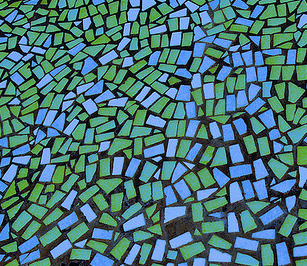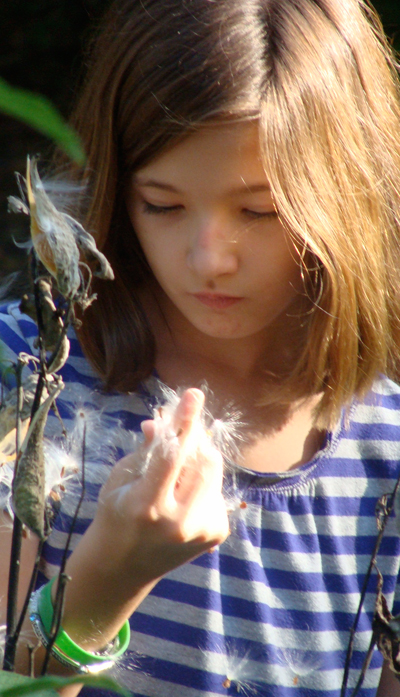
Finding the genetic cause of a non-inherited disorder is a challenge--especially when the gene is abnormal in only some of a person's cells.
How do you find the genetic cause of a disease that doesn’t appear to be inherited, presents with a variety of symptoms—and has been diagnosed in just a few hundred people worldwide? Add to that the fact that the genetic defect occurs in only a portion of a patient’s cells, and a formidable challenge emerges.
As a team of researchers from Boston Children’s Hospital has discovered, and as is true in many rare diseases, depth and breadth of clinical experience can prove pivotal.
It all started in 2006. That’s when, after poring over years’ worth of patient records and photos, Ahmad Alomari, MD, an interventional radiologist at Boston Children’s and co-director of its Vascular Anomalies Center, defined a condition he called CLOVES syndrome. CLOVES is complex and looks somewhat different in every patient, causing a combination of vascular, skin, spinal and bone or joint abnormalities. It’s a rare and progressive disease for which no known cure or “one-size-fits-all” treatment exists.

Since infancy, Riley has weathered multiple operations to remove tissue growths and treat vascular malformations caused by CLOVES.
After Alomari published a paper describing CLOVES, Boston Children’s became the international leader in diagnosing and managing the condition. Families from around the world began connecting with the hospital through a support group founded by the parents of a Boston Children’s patient, Riley Cerabona. In response to the growing influx of CLOVES patients, a cross-disciplinary team of researchers at the hospital decided to hunt down a definitive cause—turning to next-generation genetic sequencing technologies.
“These new technologies allow us to find causes of disease in ways that were previously unimaginable,” says Matthew Warman, MD, director of the Orthopedic Research Laboratories at Boston Children’s and leader of the study published last week in the American Journal of Human Genetics. “We see many children here with diseases that are genetic but not heritable. CLOVES is one such example, and as you can learn from patients like Riley, it’s a very difficult disease to live with. We hoped to get at a genetic cause as quickly as we could to give everyone a chance to figure out the best way to treat these children.”
Because of Boston Children’s position as the global referral center for CLOVES, surgeons were able to bank a sizeable collection of tissue samples—rich with genetic information—taken from patients with the disease. The research team’s pathologists then examined the samples and divided them into “affected” and “non-affected” categories. Next, geneticists sequenced complete exomes—the full complement of protein-coding genes—in both sets and compared them.
The comparison revealed mutations in a single gene, PIK3CA—but only in 6 to 60 percent of the cells in each patient’s affected tissue. This phenomenon, known as mosaicism, can happen when a mutation is somatic (occurring after conception). The PIK3CA mutation, affecting part of a molecular pathway that oversees cell growth and division, was not found in tissue unaffected by CLOVES.
Armed with this molecular knowledge, Warman and his colleagues are considering ways to use model organisms to test drugs or other treatment strategies for CLOVES. Steven Fishman, MD, co-director of the Vascular Anomalies Center, is optimistic that this genetic breakthrough may also eventually benefit children with other gene-based, non-inherited malformations caused by somatic mutations. The researchers have already collected preliminary evidence that mutations in PIK3CA—or in other members of the signaling pathway—may be responsible for the vascular malformation overgrowth disorder Klippel-Trenaunay syndrome.
“Many of the vascular malformations we see presumably have some somatic gene that is not going to be detectable by the usual gene analysis,” Fishman says. “In this case, there’s optimism that we’ve come to a time when understanding a gene and the molecular pathways that are affected by a mutation can help target experimental drug therapy. We might be able to, if not reverse the abnormality, at least prevent its progression. And that’s really exciting.”
Ed. note: WBUR radio in Boston recently covered Riley’s story in great detail.






